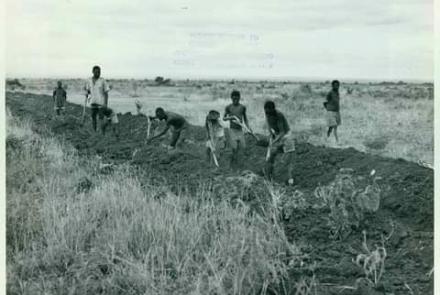Independence comes
A General Election was conducted in May 1963. It was the first one to be held on full franchise in Kenya and without communal representation. The polling for the Lower House was the critical expression of the people’s will and mandate. KANU won with an overwhelming majority both in seats and popular vote. Mzee Kenyatta was swept to power as Prime Minister and six months later, he led Kenya into full and sovereign independence. His cabinet was a careful balance of African leaders: Odinga became Minister of Home Affairs, Tom Mboya, Justice and Constitutional Affairs, Mbiyu Koinange and Joseph Murumbi both became ministers while Kubai and Kaggia received junior posts and Oneko held an influential portfolio
Kenya became fully independent on 12th December, 1963 at a glittering outdoor ceremony in Nairobi graced by the presence of the Duke of Edinburgh and attended by the then British Secretary of State for the Colonies, Mr. Duncan Sandy. But it was not until 12th December 1964 that Kenya adapted to the status of Republic. During the ceremony, the former Governor handed over Kenya’s independence to Kenyatta and the Union Jack was lowered for the last time. Among the invited guests at the ceremony were Edna and son, Peter, who later were welcomed into Kenyatta’s family by Grace Wahu, Margaret Wambui and Ngina. Other specially invited guests included Dinah Stock and Dennis Pritt, who had coordinated Kenyatta’s defense at Kapenguria trial. With the acquisition of independence, all terms of reference changed. Terrorists became Freedom Fighters, Nationalist agitators were Liberators of the People and the Leader to ‘Darkness and Death’ was now seen as chief guarantee of Light and Liberty. In December 1964, Kenya became a republic within the Commonwealth, with Kenyatta as its President.


